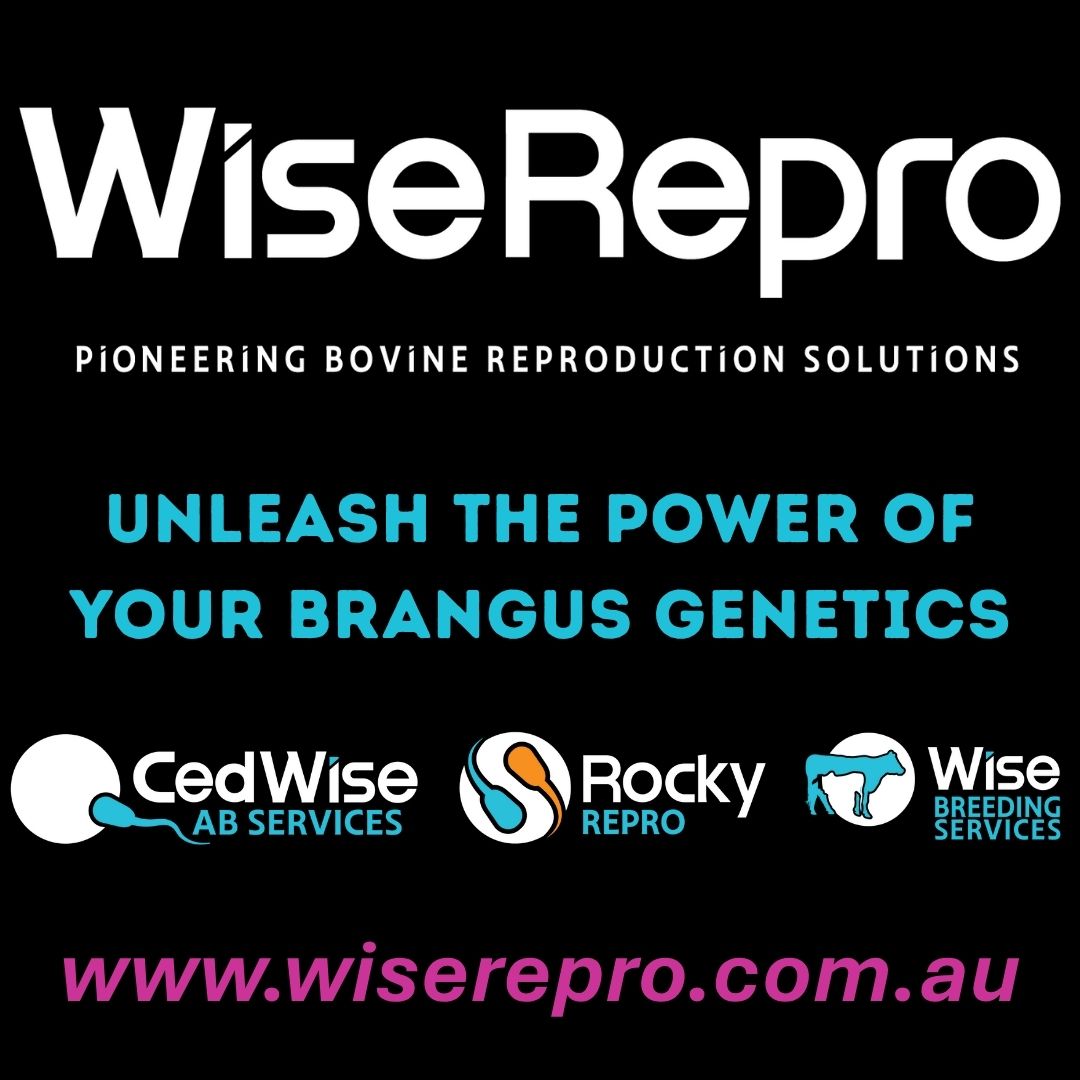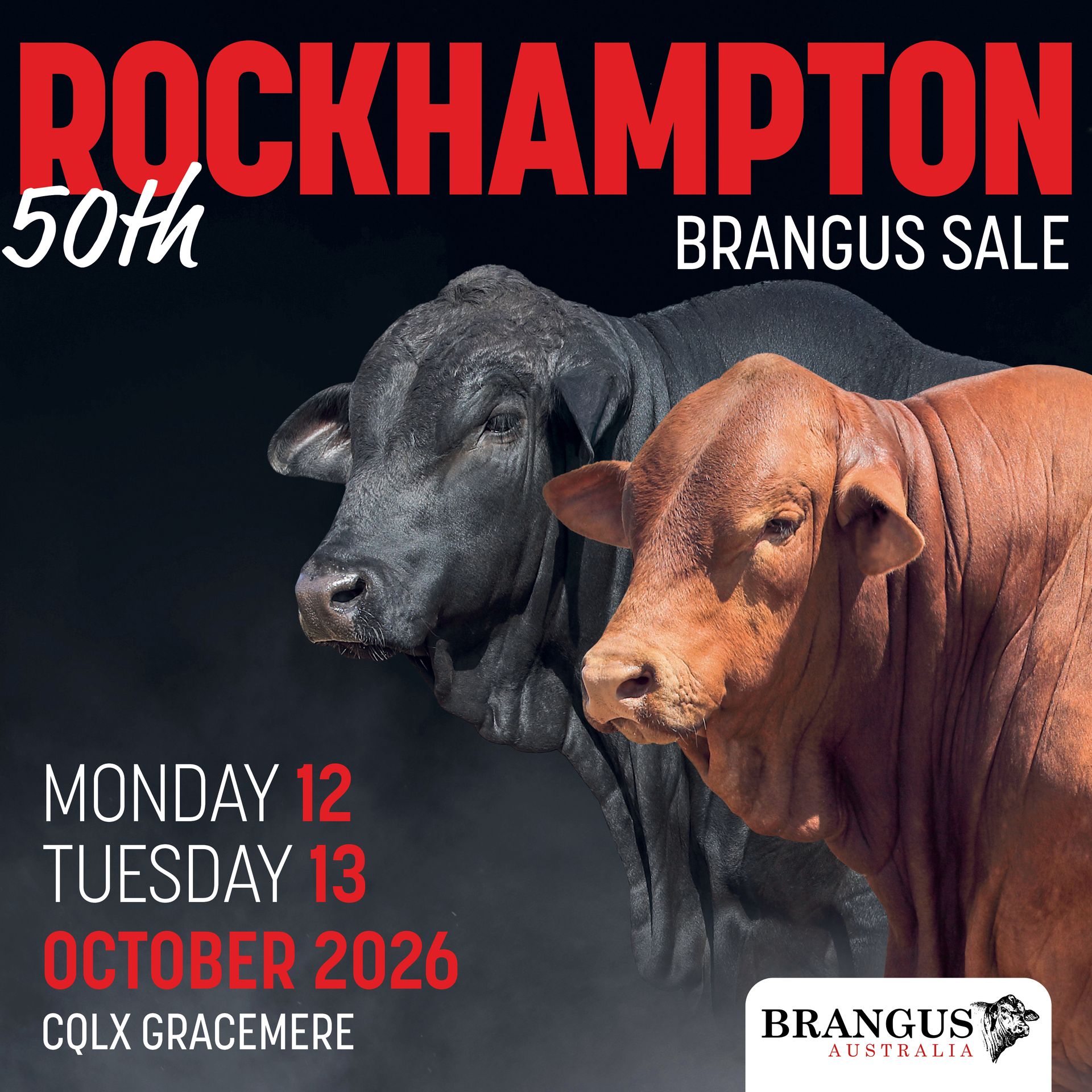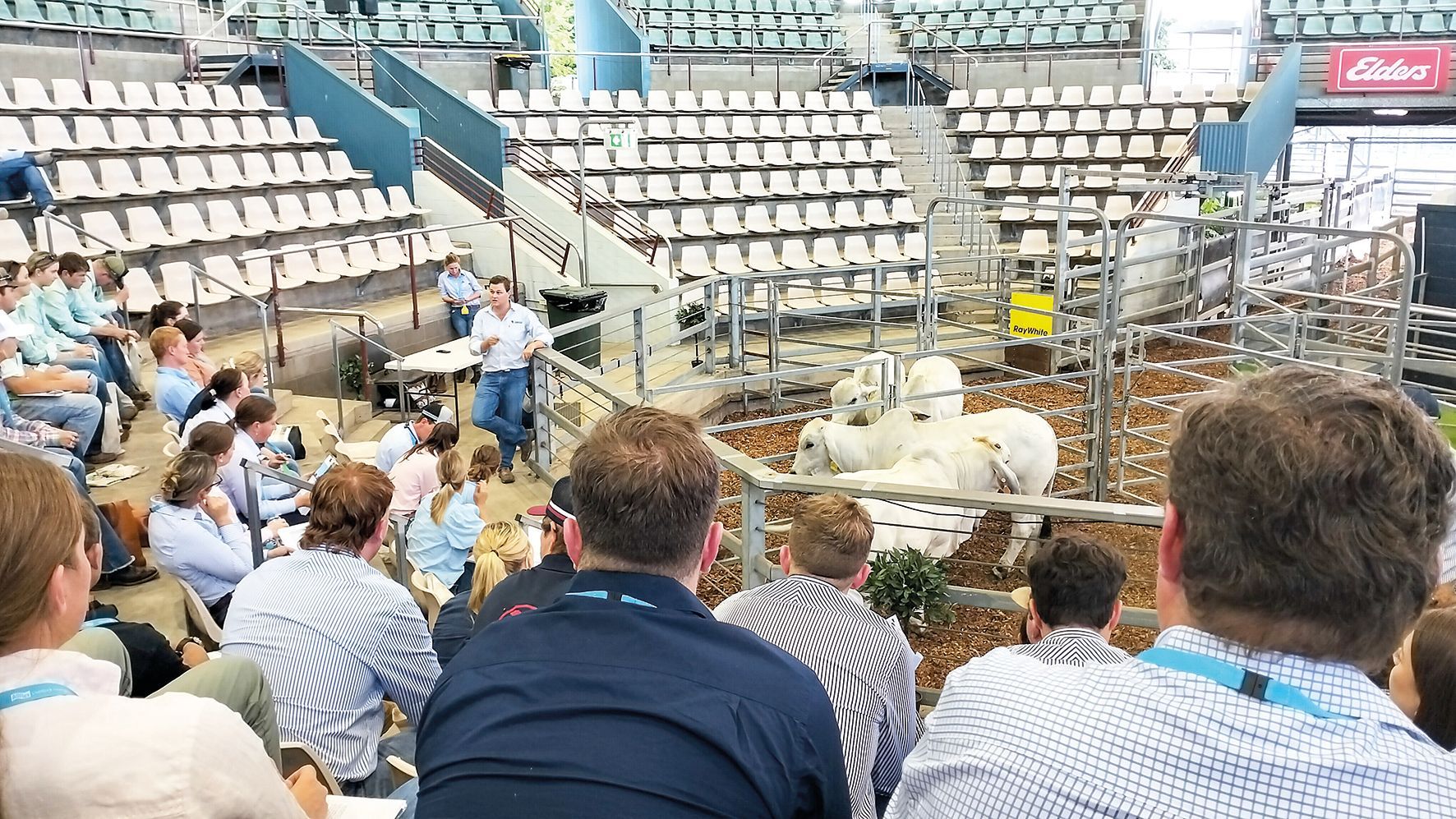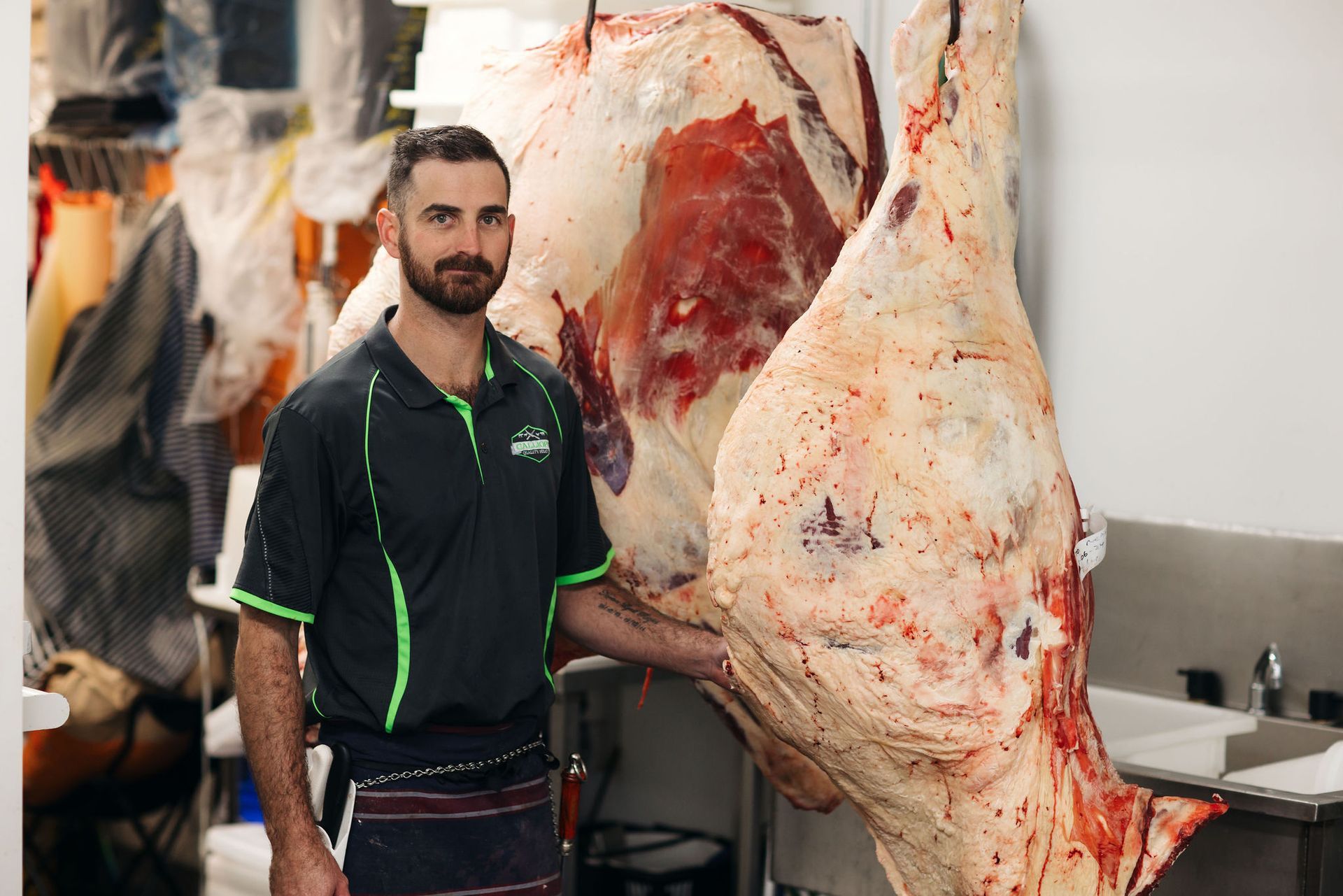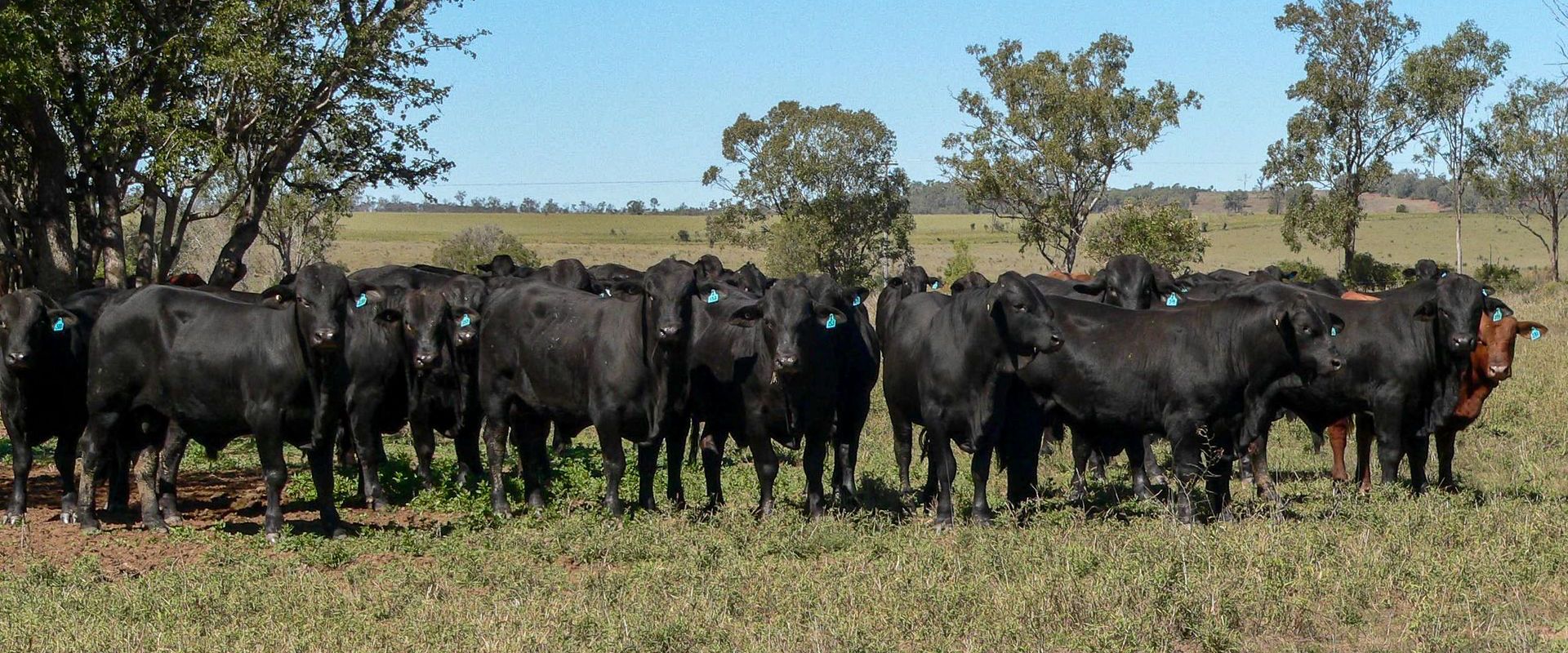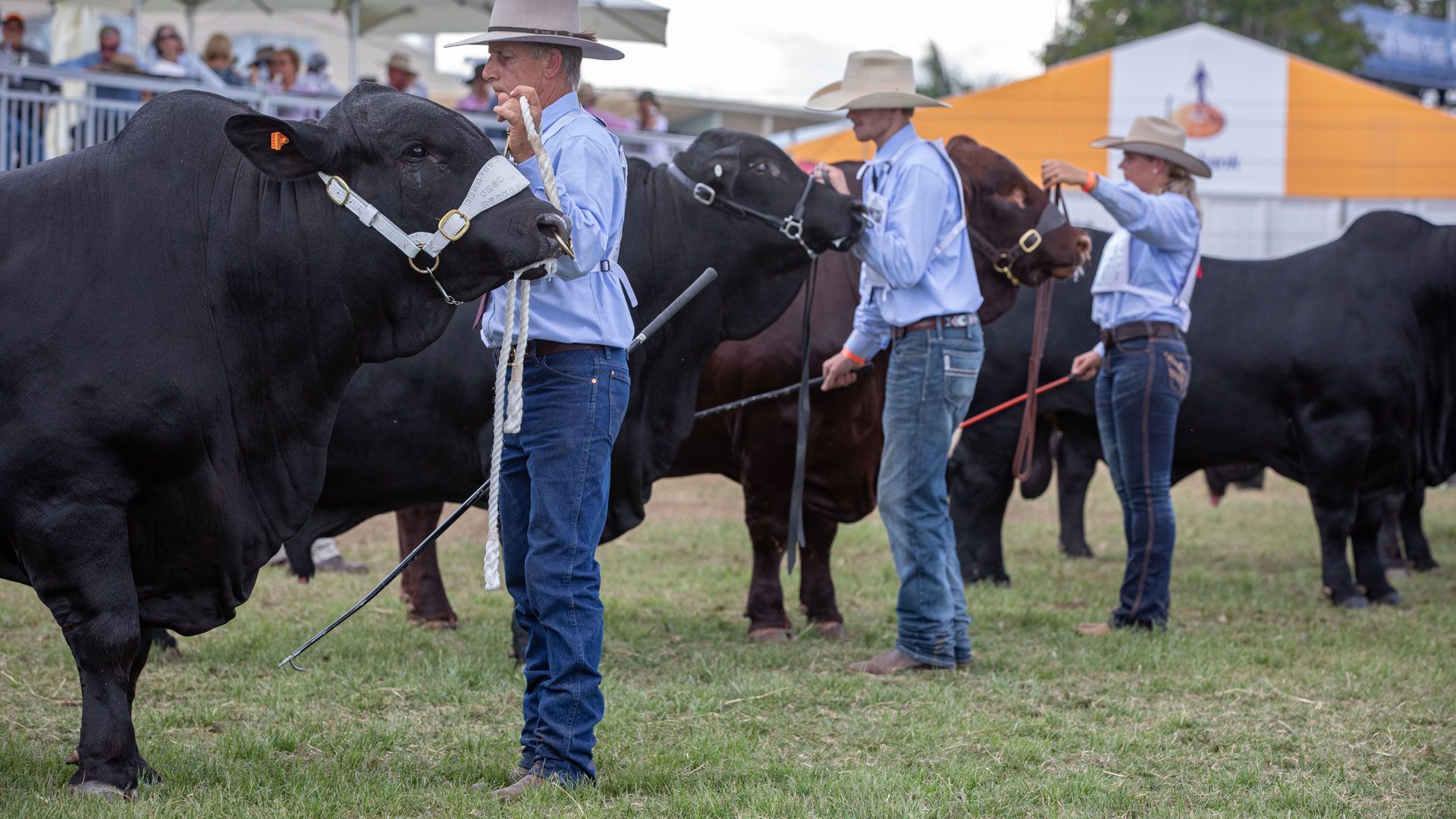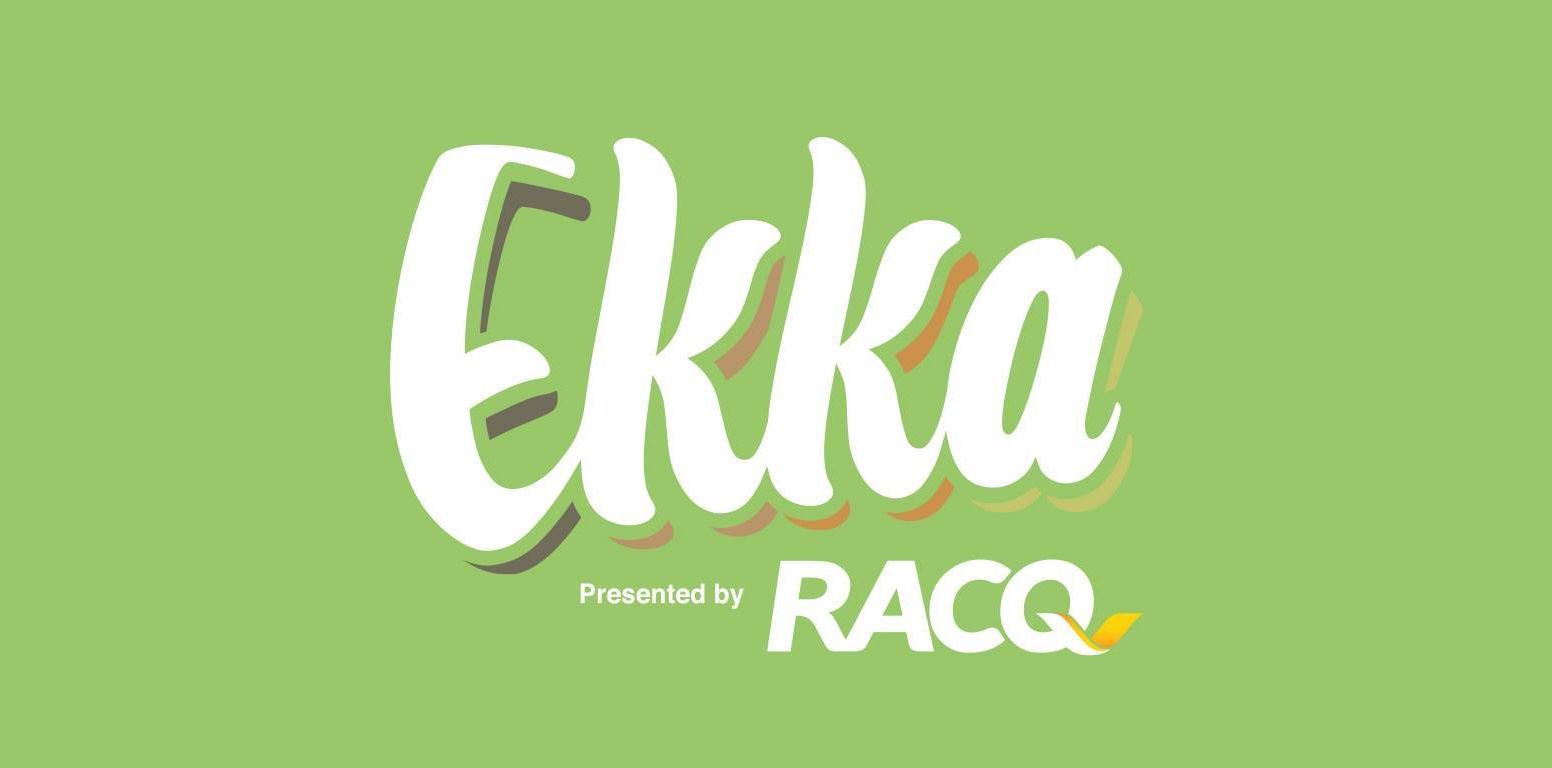Can the Use of Embryo Transfer Mask Potential Fertility Issues?
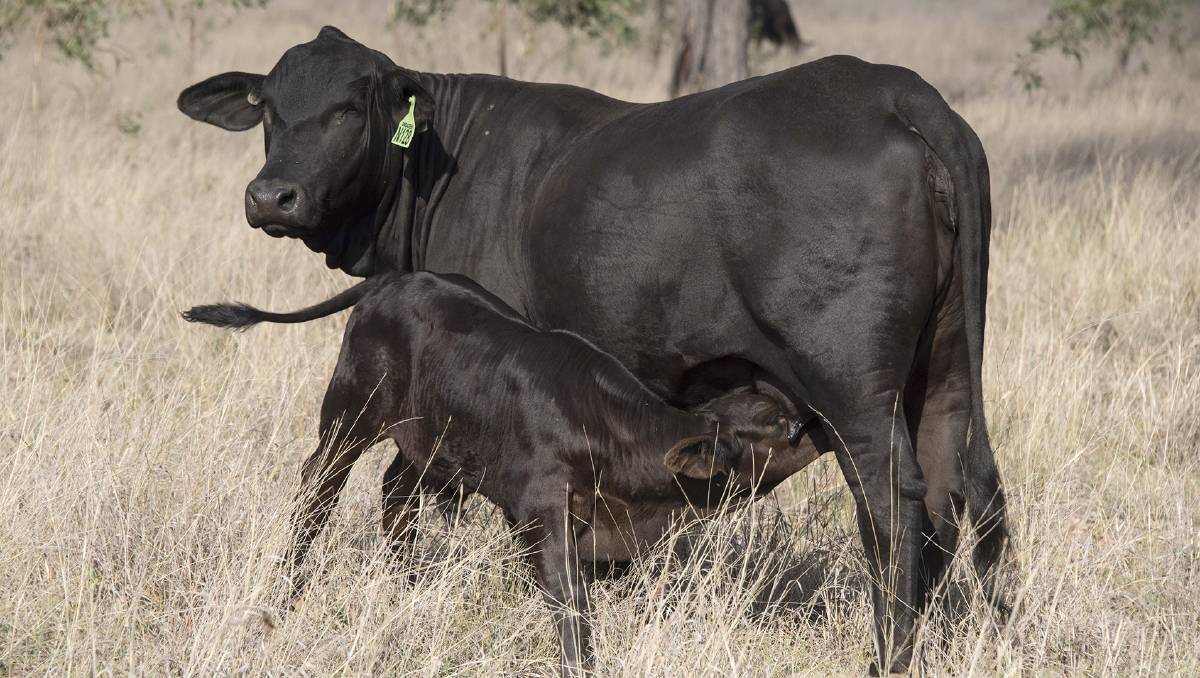
The role of embryo transfer (ET) in cattle breeding is significant, and in some breeds, growing.
Given the length of time associated with pregnancy and its impact on generational intervals, ET is a technology that allows producers the opportunity to rapidly multiply their genetically superior animals.
However, following last week’s genetics column, a number of breeders and readers have wondered if methods of ET, including In Vitro Produced embryos (IVP) discussed last week, could serve to mask issues such as infertility and create ongoing issues within a breeding herd.
As a term, infertility is often used to cover a broad range of conditions that may reduce the capacity of cattle to successfully conceive, calve and re-join. Genetically, fertility traits have low heritability. In practical terms, the environment has the greatest influence on the expression of fertility trait performance.
In selecting cows to become ET donors, there are a few practical considerations – apart from the choices made on genetic superiority. Genetic superiority does need to be associated with known reproductive performance. In the first instance, choosing a donor cow on farm should focus on selecting cows which have been managed and bred in similar conditions.
A risk associated with selecting cattle that have been managed as individuals – particularly where the environmental conditions, such as feed, have been managed to optimize outcomes (i.e. show cattle) – can become an issue.
In these instances, the limiting of environmental effect provide a false sense of superiority when compared against animals exposed to the variation of seasonal and nutritional conditions.
Choosing donor cows that have proved their performance against the variation of environment can provide a better reflection on potential for producers. Age, body condition scores and health status of females are also significant factors for producers to consider as they work to identify cows as potential donors.
Well known veteran beef cattle genetics consultant Don Nicol reflected on the choice of donor cows, saying that “collecting embryos off a 12-year-old Royal show winner that has missed a few calves make no sense at all.”
“But I have heard of people using IVF for this. However, pulling embryos off a 12-year-old cow that has calved first at 24 months and has a 360-day inter-calving interval for the subsequent years does make sense,” Mr Nicol said.
This reflects the value of posting accurate on-farm records on the fertility of individual animals and identifying their subsequent calving's over a period of years.
In achieving these outcomes, these cows have proven their genetic superiority and have shown they can maintain production within the variables of the environment. These are the traits that should be prized and used in making selection decisions.
The past performance of donor cows can often be overlooked. In general, cows that have a proven history of good health and proven fertility make better donors than cows with an infrequent calving history. Having records on production offers a clearer choice for selection to be used alongside any other genetic information.
Selecting donors at least two months post-partum will help the program, as these cattle tend to produce more embryos than those closer to calving.
Research in the late 1980s (Hasler et al) identified that young cows seem to yield slightly more usable embryos than heifers under some conditions. It is also worth noting that over-conditioned cows make poor donors. This is due to their lower response to super-ovulation and from the practical effect of have reproductive tracts which more difficult to manipulate.
ET drug impact on later performance
Many producers who have used ET technology in the past note the impact the use of drugs has on individual cows. In herds using ET technology that requires synchronization are also related to super ovulate prior to insemination.
Following insemination, the embryos are flushed for collection. Producers often note the impact of these drugs on subsequent fertility – finding it difficult to return the donor cows to normal joining periods or to achieve conception naturally.
As discussed last week, a benefit of the IVP process is the ability to collect oocytes (immature ovum, or egg cells) without the use of drugs. This does help producers maintain traditional joining periods for donor cows, and to continue to manage their breeding females as a group.
An advantage associated with using the IVP approach in embryo transfer is the opportunity to collect oocytes from younger heifers. Obviously, collection from younger heifers does not offer the chance to identify proven reproductive performance.
However, selecting heifers based on genetic pedigree and growth within the cohort of replacement females is a sensible approach to maximize genetic gains. It also allows producers to plan the timing of the procedure to coincide with normal joining if possible.
For producers focusing on ensuring fertility is not compromised following IVP for instance, heifers should be pregnancy tested as well, and their subsequent productive performance recorded. Ideally, as a program looks to expand, producers would only select those female donors that get in calf and calve early for subsequent IVF programs, helping mitigate any risk of masking fertility problems.
In choosing to use ET as a tool, the final note for bull breeders is to be realistic in donor selection.
While genetic merit is one aspect, cows that have benefitted from controlled environments and have erratic reproduction histories may not automatically make the best donors.
A well-conditioned cow that has not maintained a tight calving interval may not actually reflect the attributes desired in a breeding program.
Article courtesy of Beef Central










